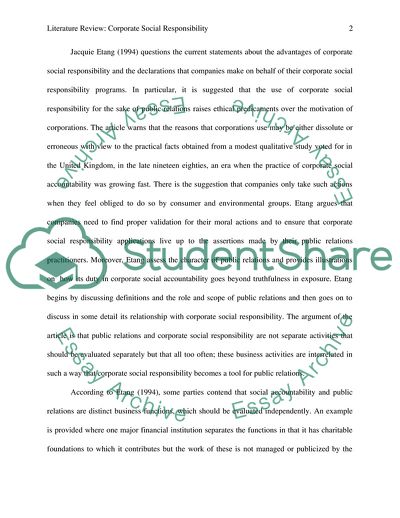Cite this document
(Accounting Society & the Environment Essay Example | Topics and Well Written Essays - 3000 words, n.d.)
Accounting Society & the Environment Essay Example | Topics and Well Written Essays - 3000 words. https://studentshare.org/finance-accounting/1796253-accounting-society-the-environment
Accounting Society & the Environment Essay Example | Topics and Well Written Essays - 3000 words. https://studentshare.org/finance-accounting/1796253-accounting-society-the-environment
(Accounting Society & The Environment Essay Example | Topics and Well Written Essays - 3000 Words)
Accounting Society & The Environment Essay Example | Topics and Well Written Essays - 3000 Words. https://studentshare.org/finance-accounting/1796253-accounting-society-the-environment.
Accounting Society & The Environment Essay Example | Topics and Well Written Essays - 3000 Words. https://studentshare.org/finance-accounting/1796253-accounting-society-the-environment.
“Accounting Society & The Environment Essay Example | Topics and Well Written Essays - 3000 Words”. https://studentshare.org/finance-accounting/1796253-accounting-society-the-environment.


